Breaking down the success of RFID in fashion retail
RFID and Fashion Retail: The Perfect Fit
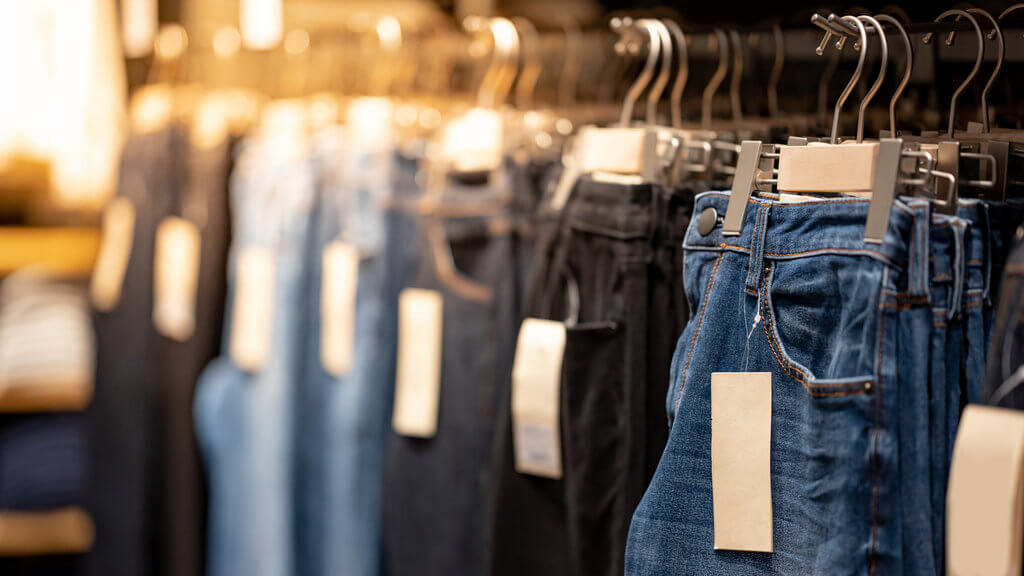
RFID in Fashion Retail: The Story so Far
Whilst it is used by many industries like construction, engineering, and chemicals manufacturing, Radio Frequency Identification (RFID) found its perfect match in the fashion retail industry. Apparel retailers have been utilising RFID for years, and as other retail sectors like beauty or the food industry begin to explore the possibilities of item-level tagging, they will look to fashion retail to guide the way.
Let’s take a look at how fashion retail found the perfect match with RFID:
RFID: Real-time data at the item-level
Today’s fashion shoppers, who are always online, expect immediate information on article availability at all times, as well as a consistently positive shopping experience, whether he or she purchases online or enters a brick-and-mortar store. These expectations, combined with managing several collections per year and at least as many marketing campaigns, mean that fashion retailers face numerous challenges. Extremely large quantities of merchandise – in a variety of colours, styles and sizes – have to be moved along the entire supply chain in ever shorter cycles. This involves special requirements for processes, technologies and employees in the retail industry:
- Being able to provide customers with information at all times. This necessitates knowing the exact locations of all articles at the item-level at any time.
- Efficient processes in the store. i.e. fast goods-inbound, permanent inventory and notifications if articles are no longer available on the sales floor, but in the backroom.
- Being 100% customer-oriented. Keeping the promise of providing reliable information on article availability on individual items at any time.
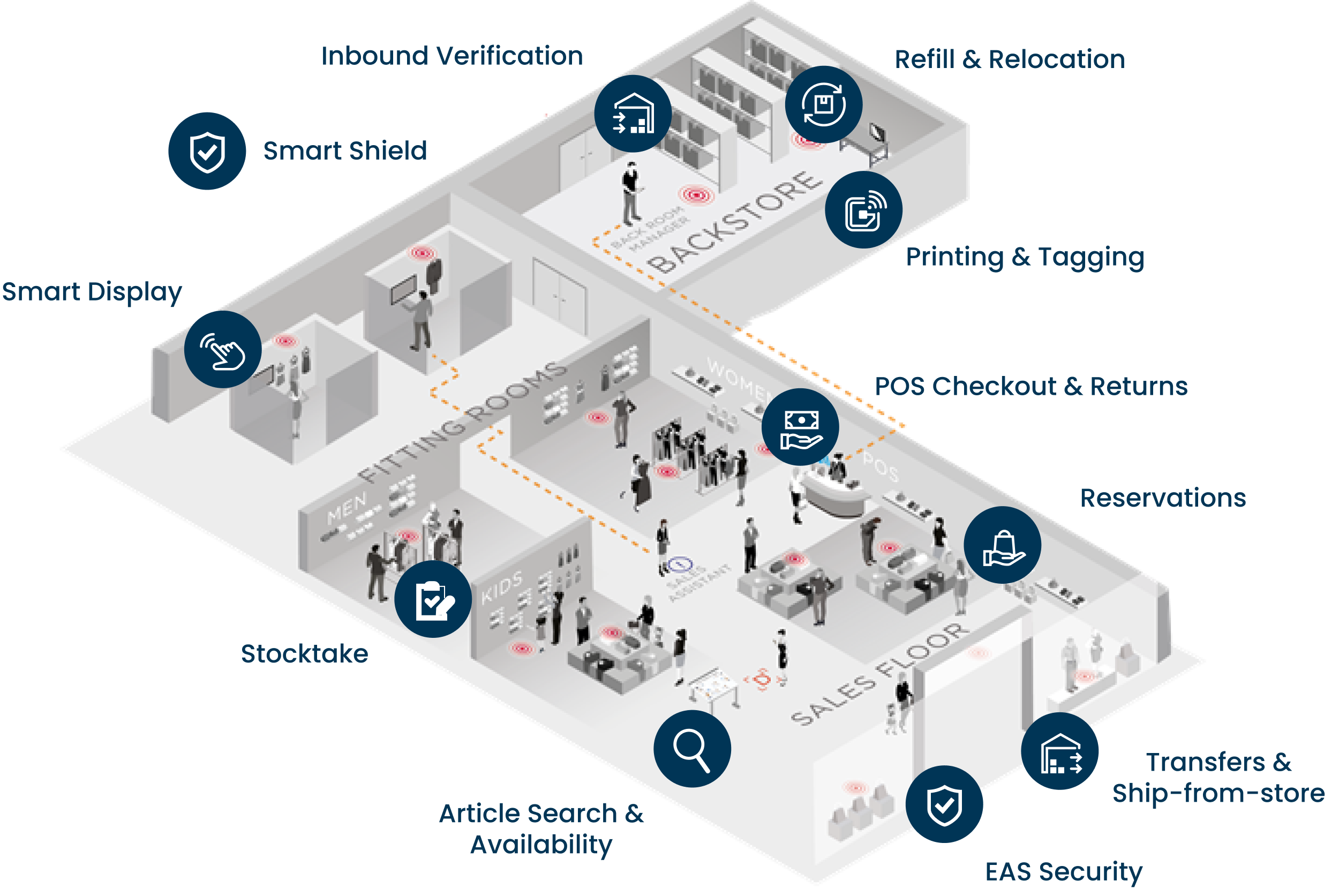
RFID for item visibility and beyond
Many fashion retailers have already realised the benefits of RFID-based inventory management: knowing the exact location of every item at all times is the basis for both efficient store management and omnichannel retailing. Retailers who have taken the first step of implementing simple RFID labelling on merchandise are soon able to see the other benefits such as real-time analysis based on item-level data or reduced labour costs in stores. Given the fact that RFID-based solutions are highly scalable, far easier to implement than ever before, and increasingly seen as a safe investment, the use of RFID in fashion retail is growing year-on-year.
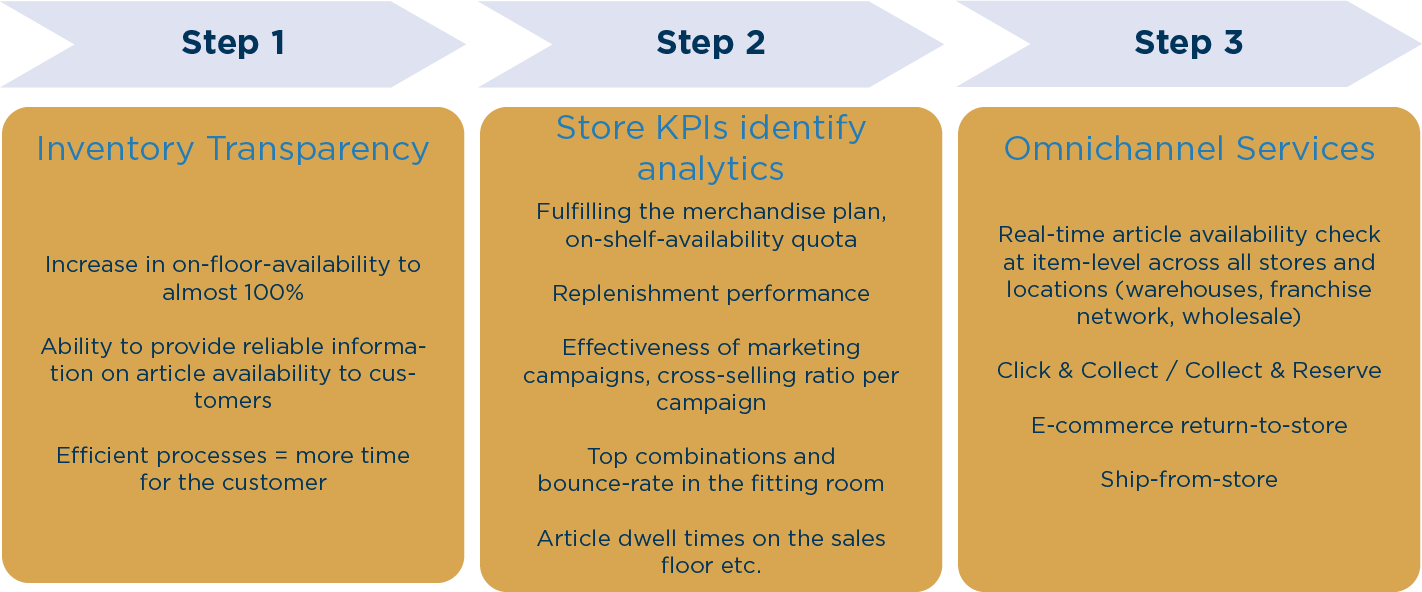
The hidden potential of RFID
RFID stands out with a distinct advantage over other labelling technologies: items tagged with RFID can be read in bulk and even through closed boxes. Whilst this makes fast and accurate stocktakes one of the primary uses cases for the technology, (driving inventory accuracy to up to 99%) there are a host of more nuanced use cases for fashion retailers:
Fixed readers on the sales floor, in the back-office, in the fitting room or in certain areas provide data on the product availability ratios and item movements in the store. If these are evaluated, valuable insights are gained about customer preferences e.g. what are popular combinations of products; or how attractive are individual item placements in comparison to others.
Mobile RFID reading devices can be used for store-processes such as store-to-store transfers, goods receipts or returns to the warehouse. Furthermore, mobile devices support the sales personnel extremely well, especially when it comes to customer consultations, or for initiating a direct order or reservation.
All data generated in the store can be analysed in real-time. And back-end systems, such as ERP or CRM and Loyalty programs, are enriched with information that was previously unavailable, allowing a far better understanding of the customer.
If retailers use the power of real-time data and, for instance, relocate products more quickly (or present certain articles as outfit combinations), turnover will be increased immediately. With the information coming from data on item ageing structures for each and every item, retailers can take precautions earlier so that they sell more products at full price and increase their margins. These timely actions give a competitive advantage, especially if competitors are still using historical data and making decisions that do not meet customers’ wants and needs.
RFID provides real-time insights into the link between customers and merchandise.
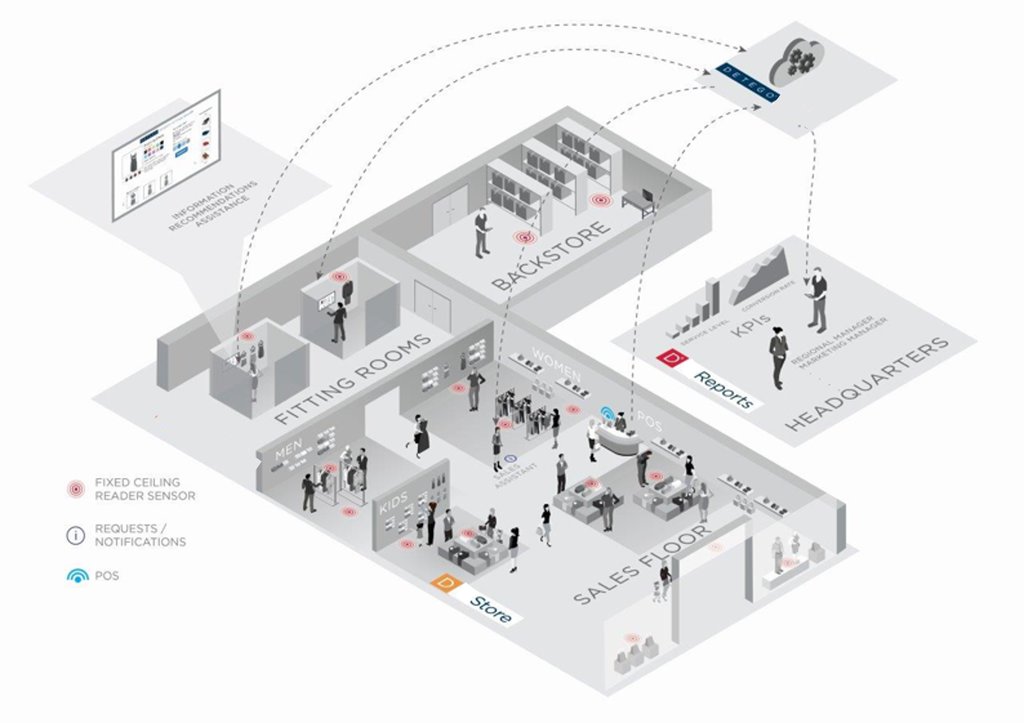
Advantages of RFID in fashion retail:
- Increased product availability
- Item transparency through Single-Point-of-Truth stock view
- Targeted store(s) management using real-time analytics
- Fewer safety stocks and improved supply chain processes
- Automated article recommendations for the promotion of active cross-selling
- Sales according to planned margins through fast replenishment processes
- Basis for efficient omnichannel services (click & collect, online article availability check, ship-from-store, return-to-store)
- Sales personnel have more time for the customer
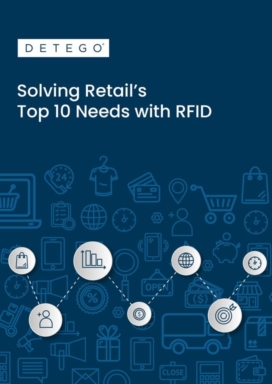
eBook
Solving Retail's Top 10 Needs with RFID
Discover how retail RFID is changing the industry for good. This eBook will guide you through the top 10 needs identified by retailers to ensure sustainable success in the modern environment. Explore the common challenges preventing retailers from achieving their goals and learn how applying smart RFID-based solutions delivers consistently good results.
